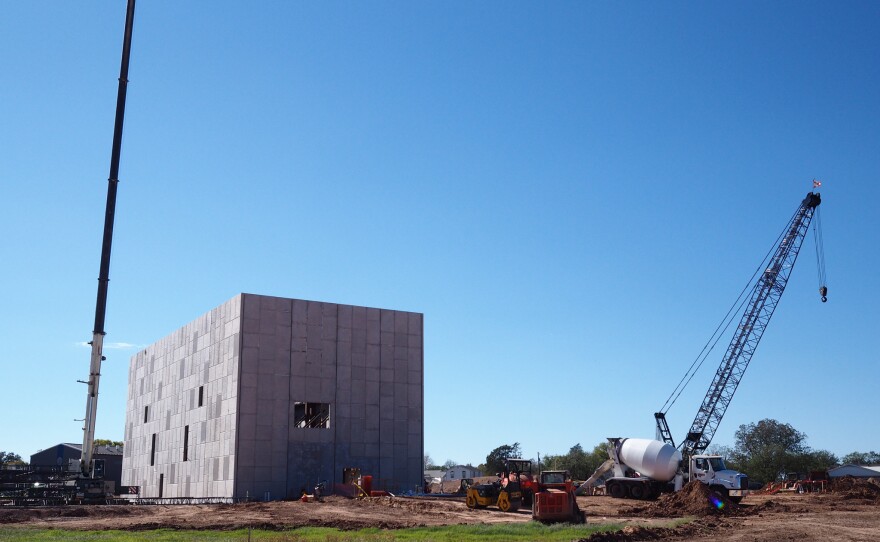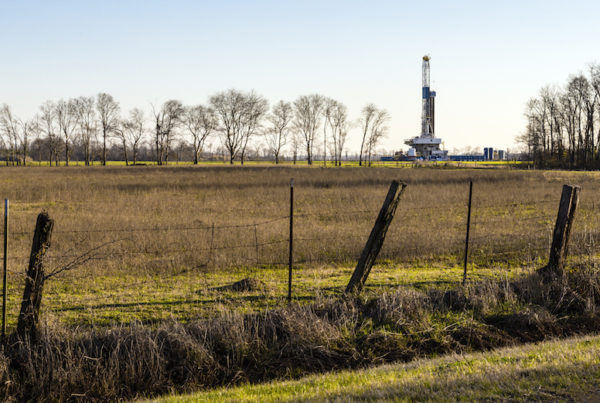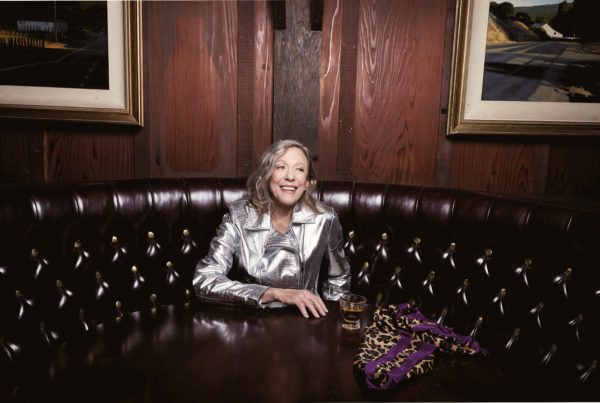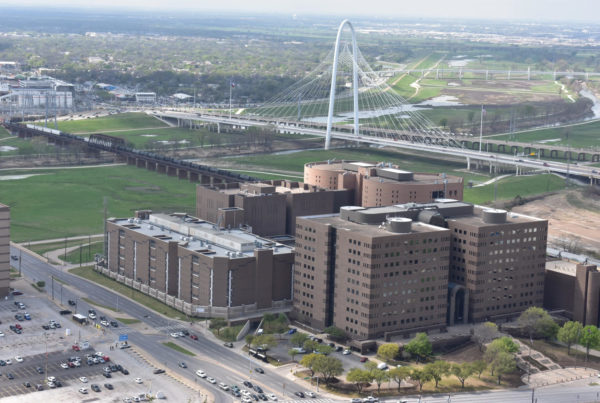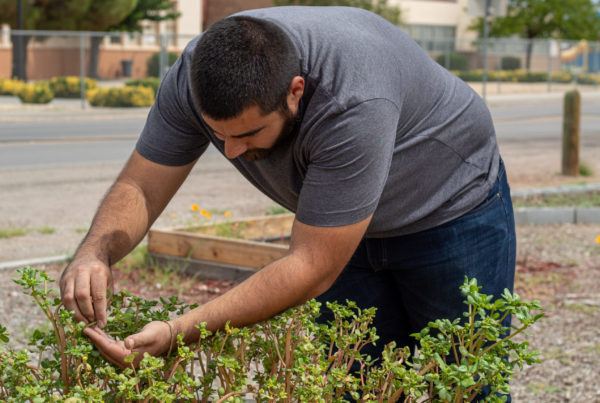From KACU:
Imagine a nuclear reactor capable of generating clean, safe and affordable energy – possibly even creating a cure for cancer. Well, that’s the hope behind molten salt nuclear reactors. And one is taking shape right now on the campus of Abilene Christian University with the Nuclear Engineering Experimental Testing Laboratory, or NExT Lab.
It was 1967 when Charles Ivey first heard about molten salt reactors. The now retired physics professor was a graduate student at UT Austin, and remembers sitting in the lab thinking these reactors could be the future, “It didn’t turn out to be the future. But I was so intrigued by the story.”
Now, nearly 50 years later, one’s being built by his undergraduate alma mater: Abilene Christian University.
Nuclear reactors work like other power plants. They generate thermal energy and convert it into electricity. But they do it more sustainably, without emitting carbon dioxide into the atmosphere like coal-fueled power plants. They also take up less land space than wind turbines or solar plants.
ACU is leading a research alliance with three other big state universities – University of Texas at Austin, Texas A&M University and the Georgia Institute of Technology – to build a molten salt reactor that creates that same clean nuclear energy, but in a safer, more affordable way.
Rusty Towell, director of NExT Lab, says the university is the perfect size for this research project, “While the other schools have very large discipline specific departments, ACU has a much more integrated environment. We have chemists working with engineers and physicists all on the same project, that’s something that’s more challenging for very very large schools.”
Towell explains two key things make molten salt reactors different from traditional nuclear reactors. First, traditional reactors use water to transfer thermal energy that’s converted to electricity. But, there’s one big problem with water.
“When water gets up to 212 degrees fahrenheit, or a hundred degrees centigrade, all of a sudden it doesn’t want to be a liquid,” Towell says. “It wants to be a gas. And while a liquid is pretty efficient at moving energy from point A to point B, a gas is not.”
When liquid turns into gas, it expands. That volume creates enormous pressure that’s hard to contain, which is not ideal when working with radioactive material.
But molten salt stays liquid, making the process of generating nuclear energy far safer. Kim Pamplin, director of chemistry at NExT, says when a reactor is safer, it’s also cheaper, “So since we don’t have to deal with a fluid that’s about to become a gas, the plumbing can be a whole lot simpler. And we don’t have to have this big concrete structure to contain steam that’s gonna blow out if there’s any leak.”
The second big difference is that molten salt reactors don’t need solid fuel rods. Pamplin says rods in traditional reactors are great for containing chemical waste that builds up while generating thermal energy. But that waste can be really efficient for fighting cancer.
Pamplin says when one of those left over isotopes is used in targeted therapy, the particle collides with cancer cells, “And when it does it, it causes catastrophic damage for the cell, double strand breaks in the DNA, and that’s critical because that means the cancer cell can’t repair itself from that.”
Without fuel rods, those life-saving isotopes can be extracted and shared with doctors.
The goal of building this reactor isn’t just to keep it in Abilene. Doug Robinson founded Natura Resources, the foundation funding NExT. He says ultimately, models of the reactor will provide clean, affordable energy wherever it’s needed, “Now, you don’t bless the world with a research project. You bless the world when you take what you learn and what you’ve proven in that research and you turn it into commercial deployment that you can then spread around the world and people can actually benefit from it.”
Researchers estimate ACU’s reactor will be live by 2025. Until then, undergraduate, graduate, PhD students and professors of allied universities are actively researching. Once the reactor has been thoroughly tested, laboratories will start to mass produce and distribute industrial-sized models around the world.
NExT Lab officials will discuss the project further with the local community at a public town hall meeting at 6 p.m. on Dec. 6 at ACU’s Hunter Welcome Center.


